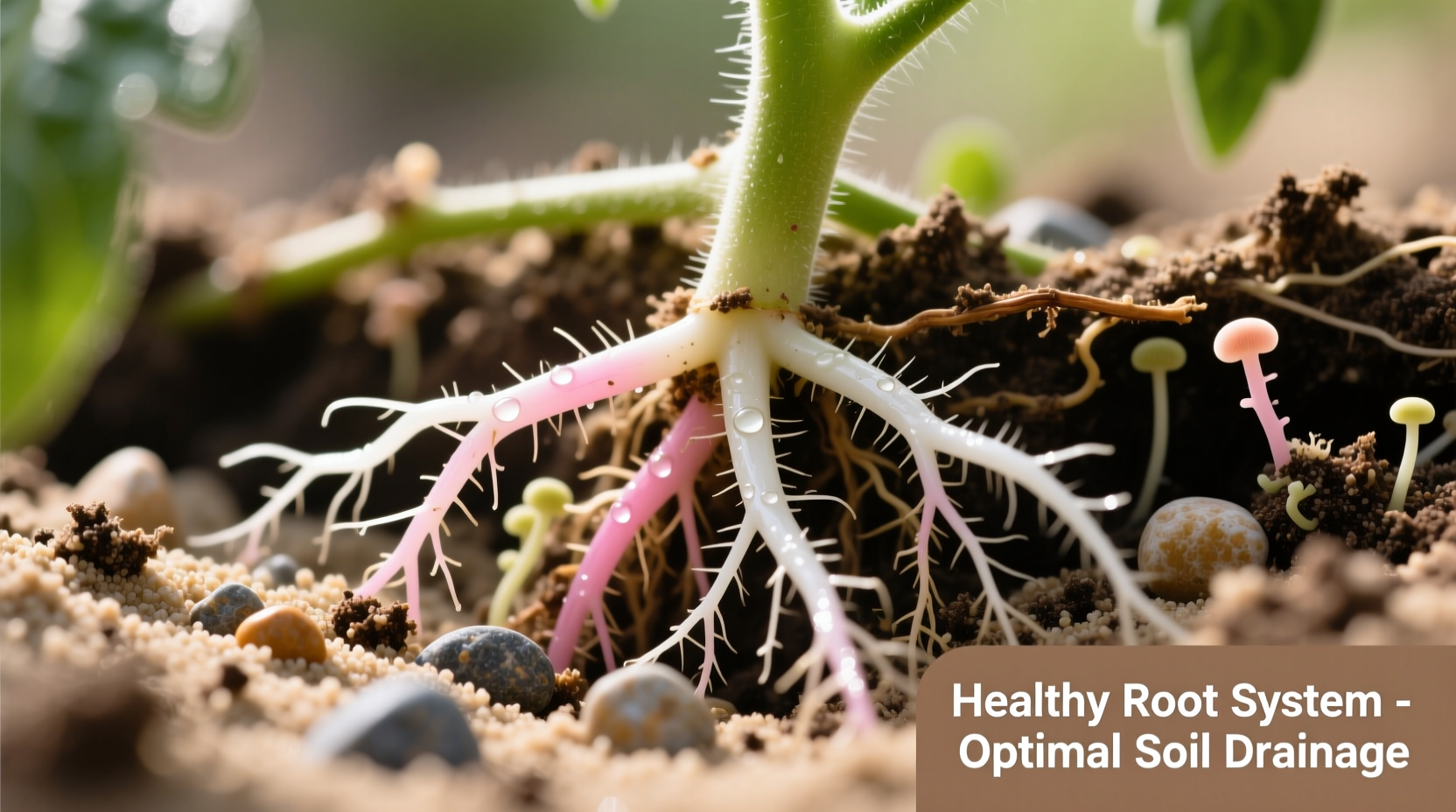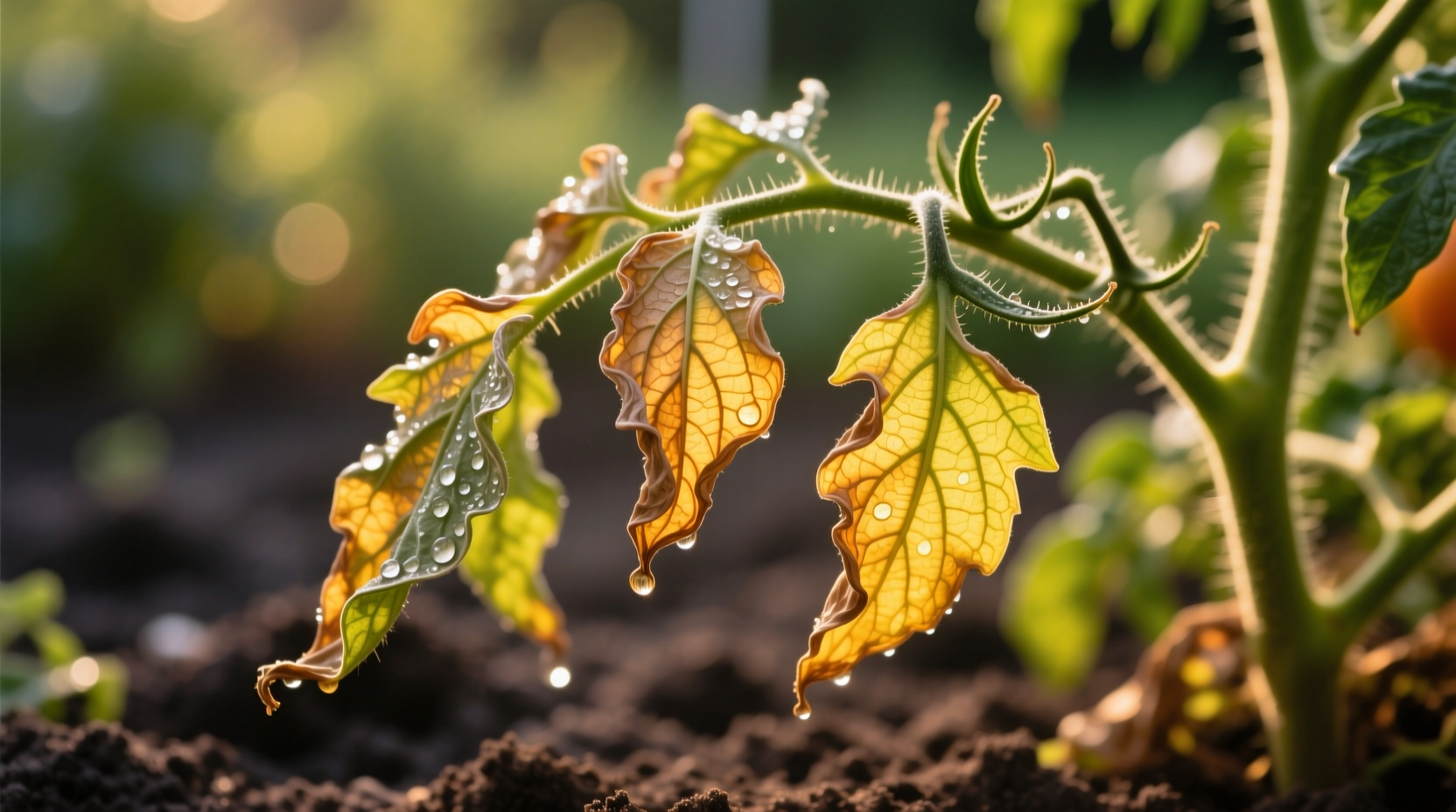If your tomato leaves are wilting, the most common causes are improper watering, fungal diseases like fusarium or verticillium wilt, or heat stress. Immediate action is needed—check soil moisture first, then inspect for yellowing patterns, stem discoloration, and pest activity to diagnose the specific issue. Most cases can be resolved with proper watering techniques, soil amendments, or disease management strategies.
Why Are My Tomato Leaves Wilting? A Complete Diagnostic Guide
Tomato plants are notoriously sensitive to environmental changes, making leaf wilting a common concern for gardeners. When you notice drooping or curling leaves, your first step should be determining whether this is a temporary stress response or a symptom of a serious underlying problem. Understanding the specific pattern of wilting—whether it affects the entire plant or just certain leaves—provides crucial diagnostic information.
Immediate Assessment: What to Check First
Before jumping to conclusions, perform this quick diagnostic checklist:
- Soil moisture test: Insert your finger 2 inches into the soil. Is it bone dry or soggy wet?
- Wilting pattern: Are lower leaves affected first, or is the entire plant wilting uniformly?
- Time of day: Does wilting occur only during peak afternoon heat but recover by morning?
- Leaf color changes: Look for yellowing, browning, or purple discoloration accompanying the wilting
- Stem inspection: Check for dark streaks inside stems when cut open
These observations will help differentiate between temporary stress and serious disease. Most tomato wilting cases stem from one of three primary categories: water issues, diseases, or environmental stressors.
Water-Related Wilting: The Most Common Culprit
Improper watering accounts for over 60% of tomato wilting cases according to University of Minnesota Extension reports. Both underwatering and overwatering produce similar symptoms but require opposite treatments.
Underwatering signs:
- Wilting occurs during hottest part of day but recovers overnight
- Soil pulls away from container edges
- Leaves feel dry and crispy
Overwatering signs:
- Wilting persists even when soil feels moist
- Yellowing starts at leaf margins
- Poor drainage evident in container or garden bed
Correct watering technique: Water deeply but less frequently, aiming for 1-1.5 inches per week. Always water at the base of plants to prevent fungal issues. Mulching with straw or wood chips helps maintain consistent soil moisture.
| Water Issue | Diagnostic Signs | Immediate Action | Prevention Strategy |
|---|---|---|---|
| Underwatering | Daytime wilting that recovers overnight, dry soil, crispy leaves | Deep watering at base, shade during peak heat | Drip irrigation, 2-3 inch mulch layer, moisture-retentive soil |
| Overwatering | Persistent wilting, yellowing leaves, soggy soil | Reduce watering frequency, improve drainage | Elevated beds, perlite amendment, self-watering containers |
Disease-Induced Wilting: When It's More Serious
When water issues have been ruled out, fungal and bacterial diseases become the primary suspects. These pathogens attack the vascular system, preventing proper water transport through the plant.
Fusarium Wilt
This soil-borne fungus (Fusarium oxysporum f. sp. lycopersici) typically affects plants after fruit set. Symptoms progress in stages:
- Stage 1 (Early): Yellowing begins on lower leaves, usually on one side of the plant
- Stage 2 (Mid): Wilting becomes permanent, brown streaks appear inside stems
- Stage 3 (Advanced): Entire plant collapses, vascular tissue turns dark brown
According to University of Kentucky College of Agriculture, fusarium wilt thrives in warm soil temperatures (80-90°F) and can persist in soil for 15+ years. Resistant varieties (marked with 'F' on seed packets) offer the best prevention.
Verticillium Wilt
Caused by Verticillium dahliae, this cooler-weather fungus produces similar symptoms but with key differences:
- Affects plants earlier in the season
- Yellow V-shaped patterns between leaf veins
- Wilting often improves during hot summer months
- Internal stem discoloration is greener than fusarium's brown
Unlike fusarium, verticillium wilt often allows partial recovery during peak summer heat but returns with cooler fall temperatures.
Bacterial Wilt
Caused by Ralstonia solanacearum, this aggressive disease produces rapid wilting without yellowing. The University of Florida IFAS Extension notes that bacterial wilt can kill plants within days. A simple test: cut a wilted stem and suspend in clear water. If milky streams emerge from the cut end, bacterial wilt is confirmed.
Environmental Stressors: Heat, Nutrients, and More
Several non-disease factors can cause temporary wilting:
- Heat stress: Above 95°F, tomatoes naturally wilt as a water conservation mechanism. This is normal if plants recover by morning.
- Nutrient imbalance: Excess nitrogen causes lush growth vulnerable to wilting; calcium deficiency leads to blossom end rot alongside wilting.
- Root restriction: Container-grown tomatoes often wilt when roots become pot-bound.
- Herbicide damage: Drift from lawn chemicals can cause sudden wilting and twisted growth.
Context matters: Heat-related wilting typically affects only the upper leaves during peak afternoon hours but resolves overnight. Nutrient issues show additional symptoms like leaf discoloration or distorted growth patterns.
Action Plan: Step-by-Step Treatment Guide
Follow this sequence to address wilting tomato plants:
- Confirm soil moisture - Adjust watering practices immediately if incorrect
- Isolate affected plants - Prevent disease spread to healthy tomatoes
- Remove severely affected leaves - But don't over-prune stressed plants
- Apply appropriate treatment based on diagnosis:
- For fungal diseases: Apply potassium bicarbonate fungicide
- For bacterial issues: Remove and destroy infected plants
- For nutrient issues: Apply balanced organic fertilizer
- Implement prevention measures for remaining plants

Preventing Future Wilting Problems
Proactive measures significantly reduce wilting risks:
- Soil preparation: Amend with 3 inches of compost before planting
- Proper spacing: Allow 24-36 inches between plants for air circulation
- Water management: Use drip irrigation instead of overhead watering
- Rotation: Avoid planting tomatoes in same spot more than once every 3 years
- Variety selection: Choose disease-resistant varieties (look for VFNT on labels)
According to Oregon State University Extension, incorporating mycorrhizal fungi during transplanting improves water uptake efficiency by 200%, dramatically reducing wilting incidents.
When to Give Up on a Wilting Tomato Plant
Not all wilting cases can be saved. Consider removing the plant if:
- More than 50% of the plant shows vascular discoloration
- Bacterial wilt has been confirmed
- Fungal infection has progressed to fruiting stage
- Multiple disease pathogens are present simultaneously
Proper disposal is critical—never compost diseased plants. Bag them securely and dispose with regular trash to prevent soil contamination.
Frequently Asked Questions
Can I save a tomato plant with wilted leaves?
Yes, if caught early and the cause is water-related or environmental. Watering issues can be corrected within 24-48 hours. However, once vascular diseases like fusarium or bacterial wilt have progressed beyond early stages, recovery is unlikely. Immediate action increases success rates significantly.
How often should I water tomatoes to prevent wilting?
Tomatoes need 1-1.5 inches of water weekly, but frequency depends on conditions. In hot weather, container plants may need daily watering while garden plants require deep watering 2-3 times weekly. Always check soil moisture before watering—stick your finger 2 inches deep. Water only when soil feels dry at that depth.
What's the difference between fusarium and verticillium wilt?
Fusarium wilt appears later in season, shows yellowing starting on one side, and progresses rapidly in warm weather. Verticillium wilt appears earlier, creates V-shaped yellow patterns between veins, and often improves during peak summer heat. Both cause wilting but require different management strategies and resistant varieties.
Can I prevent tomato wilting with mulch?
Yes, proper mulching significantly reduces wilting incidents. A 2-3 inch layer of straw or wood chips maintains consistent soil moisture, prevents temperature extremes, and reduces soil-borne disease transmission. Apply mulch after soil has warmed in spring, keeping it 2 inches away from plant stems to prevent rot.
Why do my tomato leaves wilt only during the day?
This pattern typically indicates temporary heat stress. When temperatures exceed 95°F, tomatoes naturally wilt as a water conservation mechanism. If plants recover by morning, this is normal and not cause for concern. Provide afternoon shade during extreme heat and ensure consistent soil moisture to minimize this temporary wilting.











 浙公网安备
33010002000092号
浙公网安备
33010002000092号 浙B2-20120091-4
浙B2-20120091-4